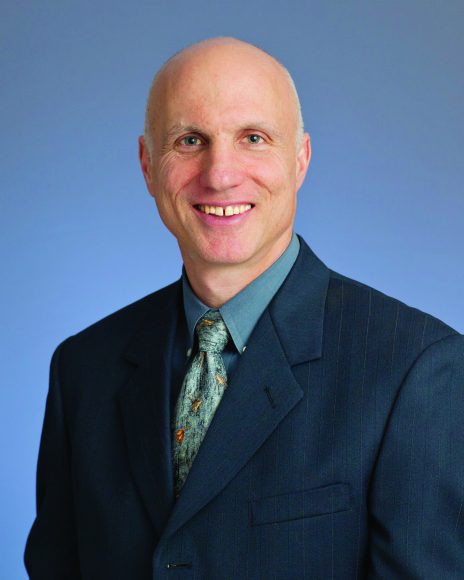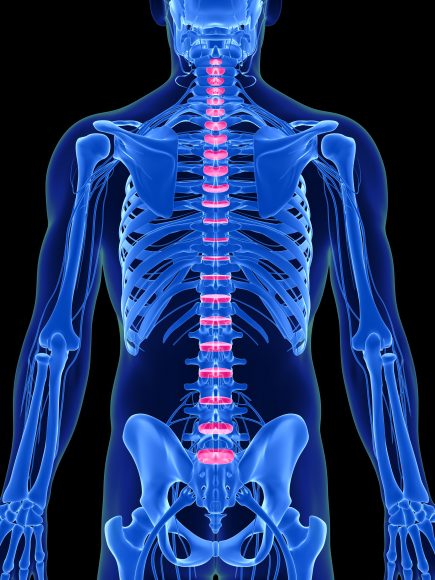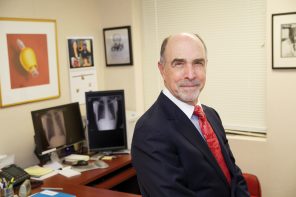When back pain comes to mind, so might the image of someone hunched over a computer or doing heavy lifting. Although these activities put you at risk for developing back pain, two important and often overlooked causes of discomfort are stress and a sedentary lifestyle.
“One of the paradoxes is that there are rarely physical things that are predictive, but what we call more psychosocial things, like something as simple as job satisfaction,” says Brett Carr, a Fairfield chiropractor. “I can make a better prediction about people with back pain based on their satisfaction with their job than I can just by taking their height or weight.”
In other words, having a satisfying life and engaging in enjoyable activities can both prevent and relieve unwanted pain.
Although patients experiencing stressors may present with specific back problems, others may experience referred pain. These individuals may have hip discomfort or feelings of uneasiness in the buttocks. Perhaps less obvious would be unusual sensations such as stinging down the leg into the foot due to a pinched nerve in the back (sciatica) or groin pain that actually stems from the lower lumbar area of the spine. Such referred pain may make the underlying cause of these symptoms less evident. However, with treatment, it’s possible to retrace the body’s maze to discover the real culprit – the back.
Carr makes an analogy to his patients: “No one complains about a new car… but put 100,000 or 200,000 miles on it and you’ll have all sorts of problems.”
The same can be said of back care. Without managing stress or engaging in proper maintenance, back pain can surface.
Activity – whether sports or a discipline such as yoga – is the biggest protector against experiencing unwanted symptoms.
“It’s a use it or lose it kind of world,” says Carr, who has been the chiropractic consultant to the New York Islanders’ affiliate Bridgeport Sound Tigers hockey team since 2000 and teaches at the University of Bridgeport College of Chiropractic. “If you want to be able to walk, you have to be walking. If you want to be able to lift, you have to be lifting.”
By strengthening the core, releasing pent-up tension and maintaining equilibrium, exercise facilitates alignment physically and psychologically.
For individuals whose daily activities are affected by back pain, treatment is usually warranted. Tailoring her approach to the individual, chiropractor Lisa Clyne of Westport uses a variety of therapeutic techniques, including drop tables for a gentle spinal adjustment or the more aggressive Graston Technique to break up tough scar tissue. Site-specific flexion distraction is incorporated to help pump up herniated discs, while therapeutic ultrasound can be applied to connective tissue such as ligaments and tendons to decrease inflammation.
Massage therapy and acupuncture are becoming more commonplace in chiropractic care. These give the body a boost by increasing circulation and blood flow, delivering oxygen more readily to organs, reducing swelling and improving overall function.
Many different treatments can be effective in relieving “tech neck” – caused by looking down at a computer screen for several hours a day. Clyne also notes that texting has a similar effect.
“(People) hold the hand-held device down instead of straight in front of their eyes, so they flex their necks and they come in with tight shoulders and pecs, and their backs hurt.”
Although back pain affects millions of Americans, it is commonly viewed as an injury. As a result, it’s coupled with fear. But it shouldn’t be, experts say. It’s a manageable condition that can be prevented and treated effectively.
For more on Brett Carr, visit drbrettcarr.com or osgpc.com. For more on Lisa Clyne, call (203) 259-2124.






